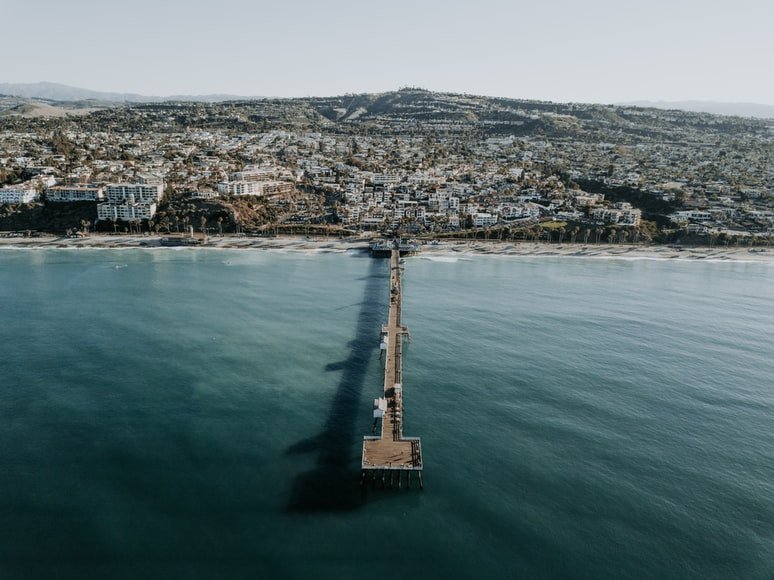History of San Clemente, CA

Over the years, San Clemente became a home to many Americans. The city is well-known for its mild and Mediterranean climate. San Clemente offers different outdoor activities like surfing and hiking to vacationers from different places. But before becoming a prominent city in California, San Clemente has its own challenges in the past.
Early 1920s
Spanish explorer Sebastian Vizcaino discovered the place and named it San Clemente to honor St. Clement. During that time, San Clemente was merely just a natural foliage and rolling hills.
The perfect weather and geographical feature can be an ideal vacation spot for people living in the neighboring cities like San Diego and Los Angeles. However, San Clemente remained undeveloped for years.
Late 1920s and Beyond
This period was considered to be a turning point for San Clemente. The development in the area started when the town founder – Ole Hansen – purchased a 2000-acre plot. Hansen was a formerly a Mayor of Seattle. Before becoming a Mayor, Hansen also served on the Washington House of Representatives. The land was owned by different people before, but only Ole Hansen took the initiative to develop the area and build a community.
Ole had foreseen many possibilities within the area. The geographical isolation of San Clemente also helped in preserving the ‘small-town charm’ ambiance. The town founder stated in the late 1920’s,
“I get credit for building San Clemente. I am doing my best, but San Clemente’s development was as natural as a well-watered and fertilized tree to grow. It is on the coast. Its climate is superb. It is far enough from San Diego and Los Angeles to fill a real necessity. Besides, people love the beautiful things”.
Hansen’s entire plan included the architectural style based on Spanish Colonial design for restaurants, public parks, clubhouse, public parks and even equestrian trails.
Building Ole’s dream community was challenging and encountered several rejections. Investing in developing an area which is one hour away from the San Diego and Los Angeles was perceived to be a financial waste. But Ole Hansen didn’t stop there. In December 1925, nearly 600 Los Angeles residences went to the undeveloped land of San Clemente to hear Hansen’s real estate proposal.
Fortunately, Ole Hansen was able to sell 1,200 lots within just six months with the average price of $300. With this success, Hansen never forgot his plan about the Spanish-inspired community. When houses were built, each buyer was mandated to follow specific designs. Some of the primary requirements for building a house in San Clemente include whitewashed stucco walls and red tile roofs. Hansen observed this style to be prevalent in the area and a great way to preserve the beauty of the original building built by the first Spanish settlers.
The alluring concept about ‘Spanish Village by the Sea’ of the first settlers encouraged Hansen to build his own Spanish-inspired house. Hansen’s iconic ‘Casa Romantica’ was located on top of a mountain that faces San Clemente’s famous pier.
During the Great Depression, Ole’s properties were lost. When the bank confiscated Casa Romantica, the property was passed down to different owners that eventually led to a state of neglect. Demolition was considered to be the best option for Casa Romantica. Fortunately, a group of local activists started a campaign to preserve the house for cultural and historical purposes. Donations coming from the residents of San Clemente helped in restoring the iconic house.
Today, Casa Romantica is now a cultural center and garden where people are allowed to visit anytime. The house serves as a reminder to many tourists and especially to locals about the foundation of San Clemente. Its growing population in the area only proves that Ole Hansen’s dream community was initially achieved and will be treasured forever.




